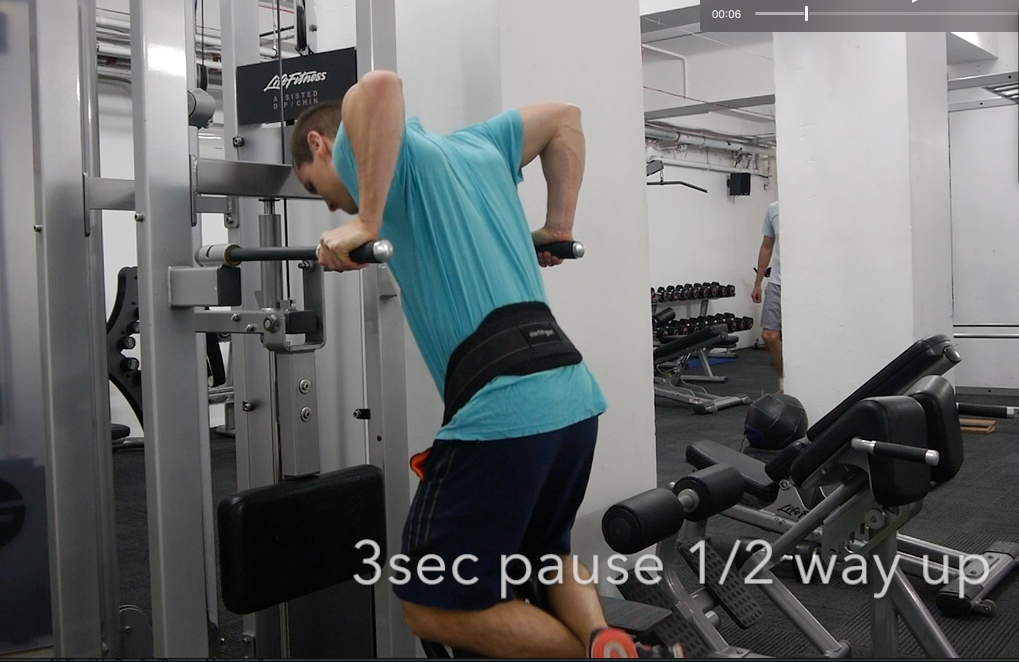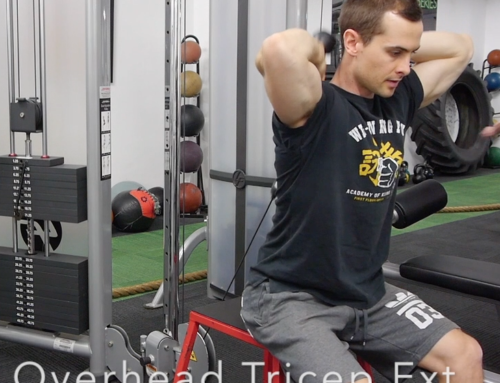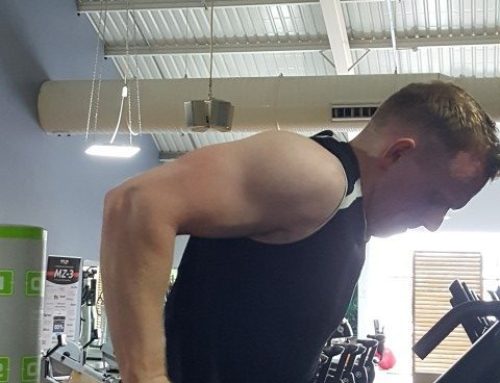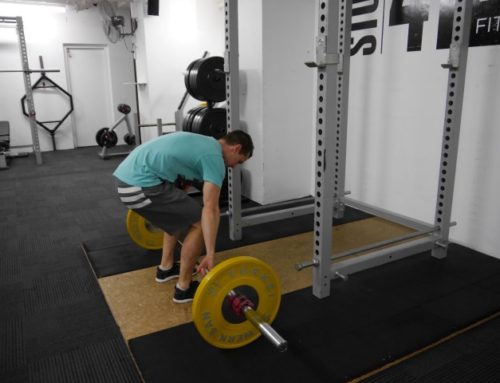After reading ‘this blog’ you will know that Ben and I have decided to have some fun competition in order to add an extra edge to our individual training to improve our results. We thought this would also be a great opportunity for you to follow along and either compete with us or use our training programmes and see you can also see some great gains as well.
Today I am going to detail my training routine for phase 1 in order to increase the amount of weight I can add to myself for a 1-rep max dip and reign supreme in the ‘dip-off’
My initial score was bodyweight (67kg) + 60kg added weight = 127kg
My goal is to do a dip with an additional 75kg added to me.
To achieve this task I am going to take the following approach:
- Perform ‘dip specific’ training sessions 2 x per week
- Each training programme will last 3 weeks.
- I will have 4 x 3 week training blocks, peaking towards the end of the 12 weeks
I am going to take into consideration all 3 phases of a muscle contraction, concentric, eccentric and isometric, and train each variable in order to achieve a new maximum dip of 75kg added weight.
Here is an overview of the 4 training blocks and I will go into more specifics when I get to each phase and detail exactly what and why I am doing it that way
Phase 1
Dynamic Isometrics
5 sets of 10 reps
Phase 2
Wave Load
3,2,1,3,2,1,3,2,1
Phase 3
Eccentric
7 x 2 reps with an 8 second eccentric
Phase 4
Cluster Training
5 x 5 singles with 10s rest between each rep
I know the above may not make much sense right now but they will as I go through each phase in future posts
The main point to notice is that I address all variables of a muscle contraction and over the course of the 4 phases intensity increases leading to a peak at the end of the 12 weeks. Please note that intensity refers to a % of weight lifted, as opposed to how hard and sweaty a session is, i.e. the heaver the weight, the higher the intensity.
Phase 1 – Dynamic Isometrics
What is an isometric contraction?
An isometric contraction is when you are contracting your muscle but there is no movement being performed.
There are 3 types of isometric exercises/contractions
- Holding a weight in a stationary position and resisting gravity until failure occurs and you can no longer hold that position
- Holding a bench press at the halfway point for as long as possible
- Pausing either during the eccentric or concentric phase of the movement
- Performing a chin up and half way up holding for 3 seconds
- Using maximal effort into an immoveable object
- Performing a squat with safety pins placed above and below a selected range of motion. Start at the bottom pin before pressing up and pushing with 100% effort into the top pin. This type of isometric training is known as isometronics.
Why are isometrics important?
As your training age increases it is important to train all variables of how a muscle contracts. As a guide you should split your total training work as follows:
70% concentric
10% isometric
20% eccentric
A maximal isometric contraction will recruit more motor units than eccentric or concentric exercises.
Pausing during eccentric will increase IGF-1 and during concentric will increase intramuscular co-ordination.
During your standard exercise where you lower and lift a weight the intramuscular tension occurs for only a very brief moment, compared to an isometric exercise you can hold maximal tension for a far longer period of time. When trying to increase strength, the total time your muscle is under max tension will have a great influence on potential strength gains. By adding 10-30seconds of maximal tension holds your capacity to gain strength will greatly improve.
An important point to note is that all isometric holds must be in the same position to achieve the greatest radiation effect. The point that you hold will have a strength increase 15degress above and below that point.
What is dynamic isometrics?
Dynamic isometric training involves using a combination of isometric holds as well as concentric and eccentric movements mainly performed in the bottom half of the movement.
When using dynamic isometrics for dips you will lower yourself from the top all the way to the bottom before pressing up to half way and holding for 3seconds, lower yourself back to the bottom position and lift again to half way and hold for 3 seconds. Repeat the process for a total of 9 reps and then on the 10th try and push all they way up to the top position. Please see video examples below of dips, squats and chin-ups.
Dynamic Isometric Training Programme for Dips
This programme is performed 2 times per week on Monday and Thursday
A1. Dips
5 sets of 10 reps (Dynamic Isometrics)
Rest 90-120s between sets
B1. Decline Dumbbell Chest Press w ¼ @ the top
4 x 6 – 8 reps
Rest 90s
B2. Fat Grip Pull Ups
4 x 6 – 8
Rest 90s
C1. Decline DB Tricep Ext
3 x 8 – 10
Rest 60s
Due to the high frequency of performing this training programme, every 3rd workout I will decrease the training volume by 50% in order to avoid over-training, protect my joints and improve gains by ensuring I get the super compensation effect.
On the other days I will be training back, rear delts and biceps together. Legs and abs will be trained together for a total of 4 weights training sessions per week.





